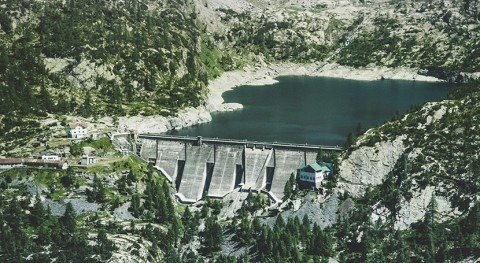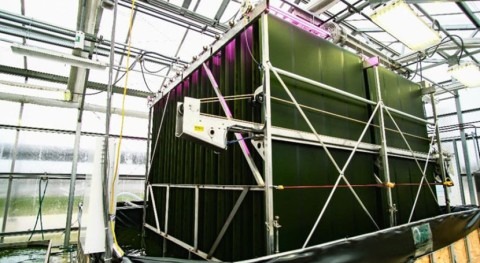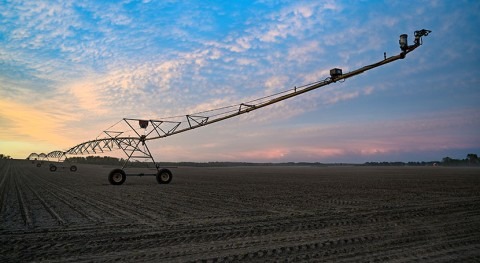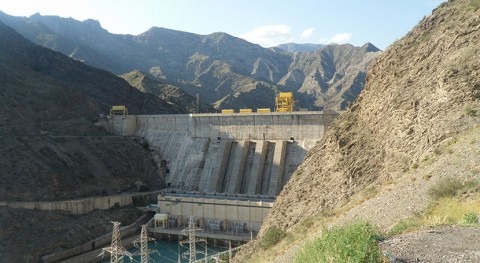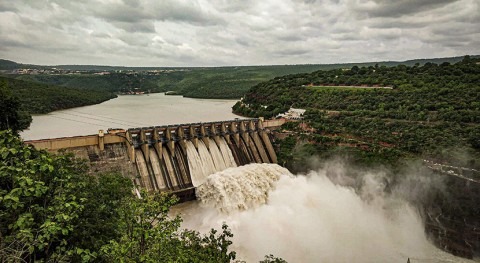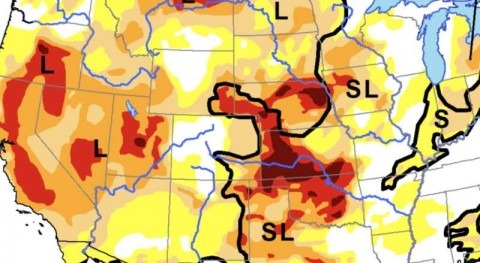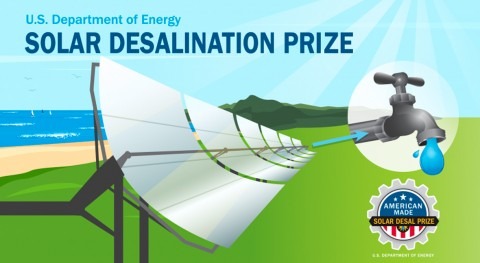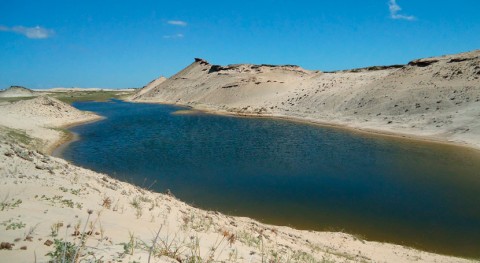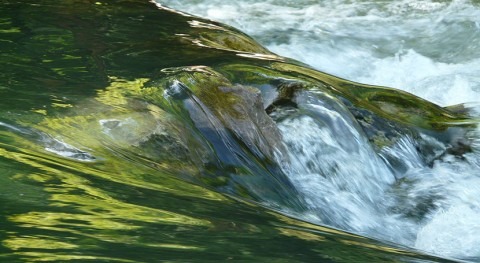Our knowledge of how plant roots respond to stress is based largely on indirect data. Scientists didn't have a good way to see through soil. A team overcame that problem. They used neutron imaging. They measured water moving through the soil and being taken up by individual poplar seedling roots after a drought. Smaller diameter roots took up more water (per unit surface area) than bigger roots. Neutron imaging is used to measure soil water movement and water uptake by individual roots in situ.
Root water uptake can be linked to characteristic root traits, such as diameter or age. Comparing actual water uptake with modeled water uptake highlights problems with current model assumptions. This work points to the need for new research to understand soil hydraulic properties with and without roots present.
Knowledge of plant root function under stress is largely based on indirect measurements of bulk soil water or nutrient extraction, which limits modeling of root function in land surface models. Neutron radiography, complementary to X-ray imaging, was used to assess in situ water uptake from newer, finer roots and older, thicker roots of a poplar seedling growing in sand. The smaller diameter roots had greater water uptake per unit surface area than the larger diameter roots, ranging from 0.0027 to 0.0116 grams per square centimeter of root surface area per hour. Model analysis based on root-free soil hydraulic properties indicated unreasonably large water fluxes between the vertical soil layers during the first 16 hours after wetting. This suggests problems with common soil hydraulic or root surface area modeling approaches. It also suggests the need for further research into the impacts of roots on soil hydraulic properties.




